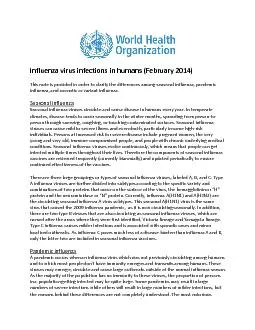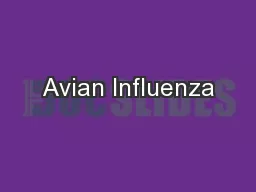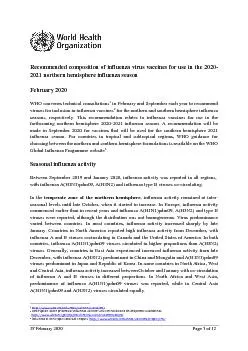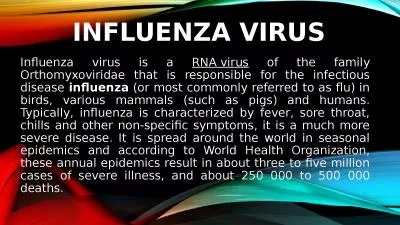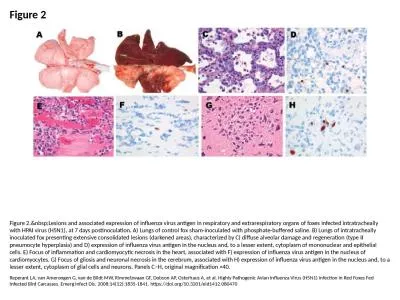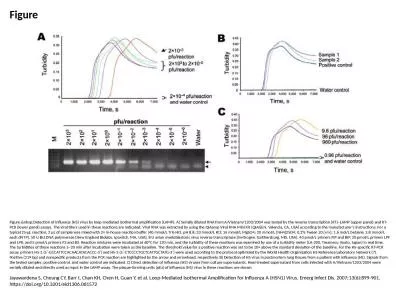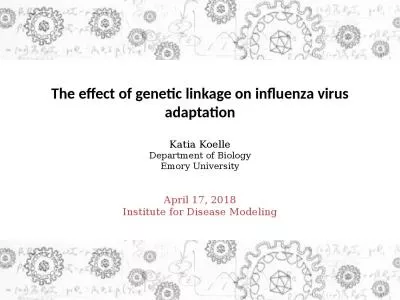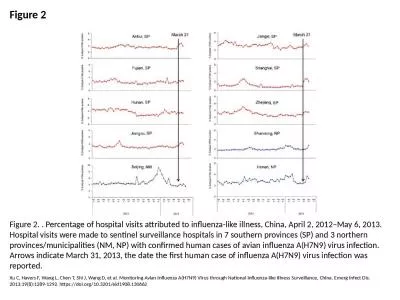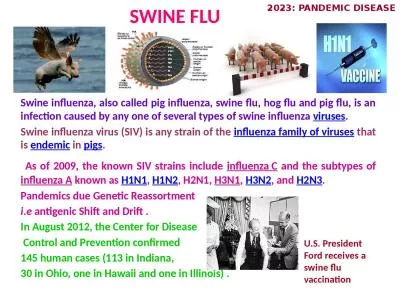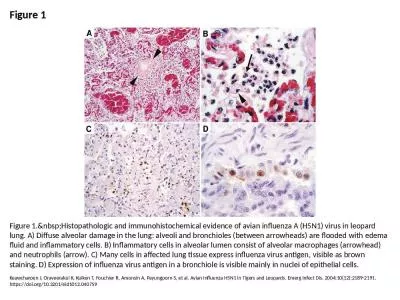PDF-Influenza virus infecti
Author : olivia-moreira | Published Date : 2015-12-03
ons in humans Febru ary 2014 T his n ote is provided in order to clarify the differences among seasonal influenza pandemic influenza and zoonotic or variant influenza Seasonal
Presentation Embed Code
Download Presentation
Download Presentation The PPT/PDF document "Influenza virus infecti" is the property of its rightful owner. Permission is granted to download and print the materials on this website for personal, non-commercial use only, and to display it on your personal computer provided you do not modify the materials and that you retain all copyright notices contained in the materials. By downloading content from our website, you accept the terms of this agreement.
Influenza virus infecti: Transcript
Download Rules Of Document
"Influenza virus infecti"The content belongs to its owner. You may download and print it for personal use, without modification, and keep all copyright notices. By downloading, you agree to these terms.
Related Documents

